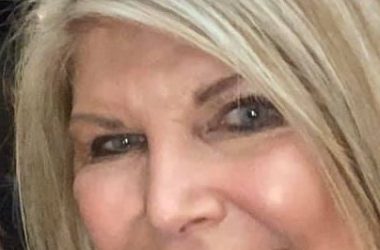Being somewhat new to this business of writing a newspaper column, I may tend to focus too long on a single subject, or get sidetracked easily. Truthfully, though what I am writing isn’t “news.” I mean it’s not like it happened yesterday. I will leave the news business to Tamara. It is the past that interests me. For the last few weeks I have been studying and writing about Newell. Last week’s column was almost totally about the Homer Laughlin Pottery Company. While that Company more or less created Newell, there is more to the town than just the pottery.
However, it is the pottery business which caused the town to grow, and grow it did, and fast too. As I have indicated the Laurel Hollow Park Website contains the Glen Waight history of the town printed originally published in the East Liverpool Review in 1957, and updated. Truthfully, it is the best source that I have found about the town and in this column I am quoting from it quite liberally as to the timeline of development in Newell.
There was a one-room school at the intersection of 2nd and Washington Streets which by 1906 students were housed in a new building at 6th and Harrison Street. In 1907, 115 students were being taught on the second floor of the Aaron Building. Thereafter, construction of traditional school buildings was undertaken. The Fourth Street School was constructed in 1912. The Wells High school followed in 1927. The Jefferson School opened in 1951. This assortment of schools lasted until the 1963-1964 school year when Oak Glen High School was opened and Wells became a middle school and continued as such until 1992 when the Oak Glen Middle School was opened. The Jefferson School was closed in 2004.
Early business venture in Newell included the stores: Doganier General Store at 2nd and Washington; the W. F. Moore Grocery at Grant and 2nd; Rush Grocery in the Rauh building and Henry Greek’s on 6th; Restaurants included Feagher’s, the Home Restaurant and Potters Restaurant. The first Post Office was in the Rush Grocery. Dr. Turk had the first pharmacy which was owned successively by G.J. Stewart and Sam Carnahan who operated it form 1921 until it was acquired by Harry Comm. Murray Shilling was the town’s blacksmith. Doctors who practiced in the early days of Newell included: Harry A. Turk and Virgil E. McEldowney. Others mentioned over time, but for whom I have not found much information yet, were: J. E. Hall, M. B. Herford, Frank Ikurt and a Dr. Guilford. It should be noted that East Liverpool, in addition to having a hospital had a large number of physicians just a bridge away.
Churches are often seen as the fabric, if not the backbone of any community. Newell had quite a few. The Presbyterian Church was dedicated in 1907. The Methodist Church was founded in 1912, followed by a Church of Christ and a Nazarene Church around 1920.
Laurel Hollow Park was launched as a picnic site and Park around 1905. In addition to a lake it is perhaps best remembered for its Zoo, which had bears, seals, and monkeys; as well as aquatic birds and peacocks; and pony rides for youngsters. It lasted until around 1913.
There were other businesses in the community as well. Among them were Kenilworth Tile Company later taken over by New Castle Refractories, Metsch Refractories founded in 1919 and still operating nearby today. Also there was at least one other pottery of note in town, the Edwin M. Knowles pottery. The Knowles Company started in Chester in 1900 and expanded into Newell in 1913. It produced dinnerware in Newell until 1963. The site was later the home of Newell Porcelain Company which became one of the leading worldwide producers of insulators for power lines, electric poles, etc. and had its presence in Newell until maybe ten years ago. The brand name still exists today. However, I believe that the company has offices in Columbiana, Ohio. I am not sure where their product is made.
While, the potteries are diminished, one thing that is noticeable around Newell, (and similarly around East Liverpool and some of our other towns), are the mansions left behind. On Newell Heights there are five rather luxurious homes the Wells Mansion is still occupied. One of the others may be the Robert Harker home. At the Southern end of Newell the Nixon Funeral Home was once the Knowles Mansion. All are extremely handsome dwellings.
It seems that companies may come and companies may go, but around here some trace of them seems to endure.
